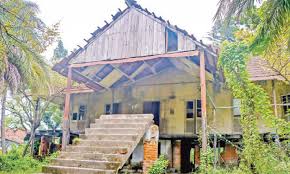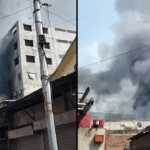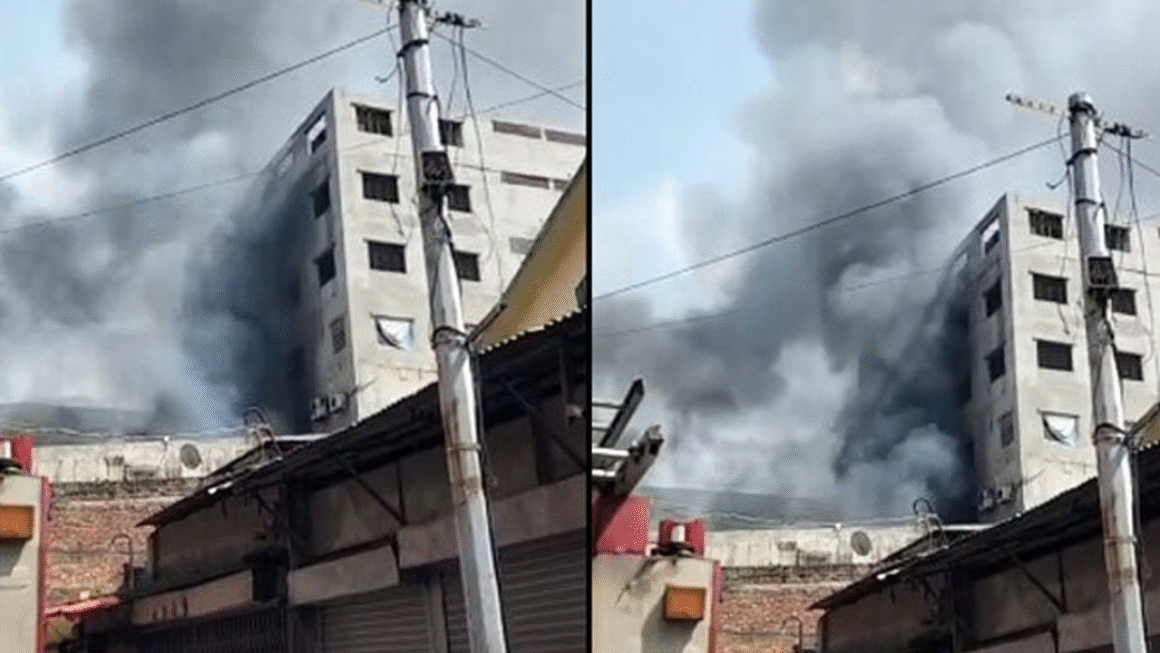 Introduction to Mr. Charlier’s Kuthibari near the Railway Station in Khulna-
Introduction to Mr. Charlier’s Kuthibari near the Railway Station in Khulna-
Among the historical treasures of Khulna, Mr. Charlier’s Kuthibari near the railway station in Khulna stands as a unique yet underappreciated colonial-era structure. Nestled just beside the Khulna Railway Station, this British-period bungalow served as the residence of Mr. Charlier, a British officer who played a significant role in the development of the railway infrastructure during the colonial regime.
The structure, blending Anglo-Indian architectural elements with local craftsmanship, offers a rare glimpse into the past. In this blog, we will uncover the history, architectural significance, current condition, and tourism potential of this nearly forgotten site.
Historical Background of Mr. Charlier and His Role in Khulna-
Mr. Charlier was a senior British railway engineer and administrator during the late 19th century, who oversaw parts of the construction and expansion of the Eastern Bengal Railway (EBR). His residence, Mr. Charlier’s Kuthibari near the railway station in Khulna, was built as part of the official colonial housing setup designed to accommodate British officials serving in Bengal.
This period marked significant infrastructural growth in Bengal, with railways being a major symbol of colonial modernity and control. The kuthibari was strategically positioned beside the railway line to ensure easy access and operational convenience.
Architectural Features of Mr. Charlier’s Kuthibari-
The Kuthibari is a classic example of colonial-era bungalow architecture, featuring:
- Sloped corrugated iron sheet roofing
- Spacious verandas with cast iron railings
- Brick walls with lime plaster
- Large arched wooden doors and windows
- Ventilated attic structures
These architectural features reflect both the aesthetic and functional needs of the British colonial administration in Bengal’s subtropical climate. The large verandas were designed to offer shade and promote airflow, essential for the humid Khulna weather.
The Location: Beside Khulna Railway Station-
One of the most notable aspects of Mr. Charlier’s Kuthibari near the railway station in Khulna is its strategic location. It is situated adjacent to Khulna Railway Station, which was a crucial node of the Eastern Bengal Railway line, connecting Khulna with Calcutta and other major cities during British rule.
Being so close to the station made it an ideal residence for British railway personnel, who needed to oversee the transport of goods, passengers, and sometimes military supplies.
Colonial Significance and Urban Heritage-
Like many kuthibaris built during the British Raj, this one also had political and administrative significance. It was not merely a residence—it was a site of planning, supervision, and meetings concerning railway expansion in the Khulna region.
The structure today is a rare surviving example of such colonial administrative bungalows, which were once found across the Bengal countryside but have now mostly vanished due to neglect or modern development.
Current Condition and Conservation Status-
Unfortunately, Mr. Charlier’s Kuthibari near the railway station in Khulna is not in optimal condition today. Due to:
- Lack of official recognition
- Encroachment by nearby shops and railway staff quarters
- Natural decay and absence of maintenance
…the structure is in a semi-abandoned state. However, parts of the building still retain their original design and could be restored if proper conservation efforts were undertaken.
Local historians and heritage activists have called for declaring the house a protected heritage site, but no concrete steps have yet been taken by the Department of Archaeology.
Cultural and Tourism Potential-
If restored, Mr. Charlier’s Kuthibari could serve as:
- A heritage museum dedicated to Khulna’s colonial railway history
- A cultural tourism site for both local and foreign visitors
- A research center for students of history, architecture, and urban planning
Given its proximity to a major transport hub—Khulna Railway Station—it holds great potential as an easily accessible tourist attraction.
How to Visit Mr. Charlier’s Kuthibari near the Railway Station in Khulna-
Visiting this historic site is fairly straightforward:
- Arrive at Khulna Railway Station via intercity train or bus.
- From the station exit, walk towards the northern platform exit.
- You will see a fenced, old bungalow structure partially covered by trees—that’s Mr. Charlier’s Kuthibari.
While entry is not officially open for visitors, you can still view the structure from outside and capture its colonial charm.
Importance for Historical Research and Education-
Mr. Charlier’s Kuthibari near the railway station in Khulna offers significant academic value:
- It allows insights into British colonial housing design.
- It provides a case study for urban planning during the Raj.
- It is relevant for those studying railway expansion and governance during the British Empire.
Many local schools and universities in Khulna could use this site as an educational resource for practical learning.
Why the Site Deserves National Attention-
In a time when Bangladesh is fast losing its architectural heritage to modernization, it is vital to recognize and preserve sites like Mr. Charlier’s Kuthibari near the railway station in Khulna. These structures are not just buildings—they are time capsules that tell the story of a nation’s past.
With growing interest in cultural heritage tourism, this site could draw enthusiasts from across the country and even internationally.
Conclusion-
Mr. Charlier’s Kuthibari near the railway station in Khulna is more than an old building—it’s a testament to the city’s colonial past and architectural legacy. With proper recognition, it could become a powerful tool for education, tourism, and cultural preservation.
As Bangladesh moves forward, it’s vital not to forget the structures that define our past. Let this forgotten bungalow inspire a new wave of heritage appreciation and responsible tourism.
Frequently Asked Questions (FAQs)-
What is Mr. Charlier’s Kuthibari near the railway station in Khulna?
-It is a colonial-era British bungalow located beside Khulna Railway Station, formerly the residence of a British railway officer named Mr. Charlier.
Who was Mr. Charlier?
-Mr. Charlier was a British railway engineer who contributed to the development of the Eastern Bengal Railway in the late 1800s. His residence still stands near Khulna Railway Station.
Is the Kuthibari open to visitors?
-Currently, it is not an official tourist site and is partially fenced. However, it can be viewed from the outside, and visitors often come to take photos.
Why is this site historically important?
-The Kuthibari is one of the few remaining colonial structures in Khulna and is directly linked to the railway history of the region during British rule.
What architectural features does the Kuthibari have?
-The building features sloped tin roofing, wide verandas, wooden windows and doors, and brick-lime construction typical of colonial architecture.
What is the current condition of the Kuthibari?
-The building is in a semi-abandoned state, with visible signs of neglect. Conservation efforts are needed to preserve it.
Can it be turned into a tourist attraction?
-Yes, with proper restoration and recognition, it could serve as a historical museum or cultural center.
How can the public help preserve the Kuthibari?
-By raising awareness, encouraging local government to take action, and supporting heritage conservation NGOs, the public can play a role in saving this landmark.
Is there any official plan for its conservation?
-As of now, there are no confirmed governmental plans, though local heritage groups have raised the issue with authorities.
Why is the location beside the railway station important?
-It reflects colonial urban planning where administrative housing was built near functional hubs like railway stations for convenience.












